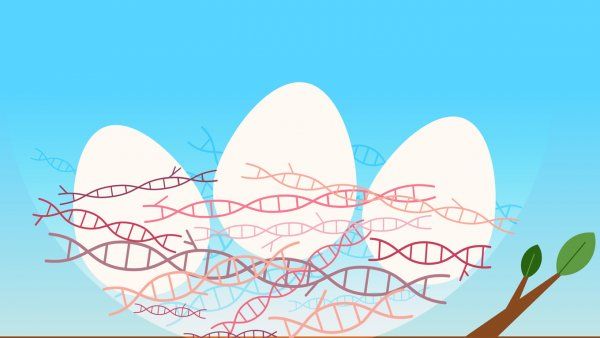The Climate Crisis is a Health Crisis
Medicine must reckon with the coming catastrophe.
University of California San Francisco
Medicine must reckon with the coming catastrophe.
No one can see the future, but that won’t stop us from trying. We asked UCSF faculty and alumni to score these predictions for likelihood and impact.

The health care sector accounts for as much as 10% of the U.S. carbon footprint and 5% globally, according to recent studies. This sobering statistic has an upside: It means that changes in the industry can play a major role in addressing the climate crisis.
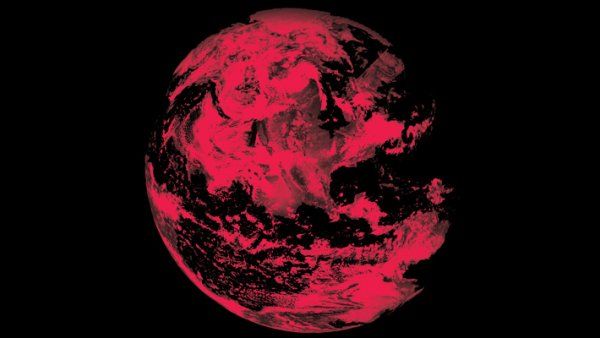
Basic scientist Zena Werb, who has studied cancer cells in UCSF labs for more than four decades, shares her take on the future of cancer medicine.
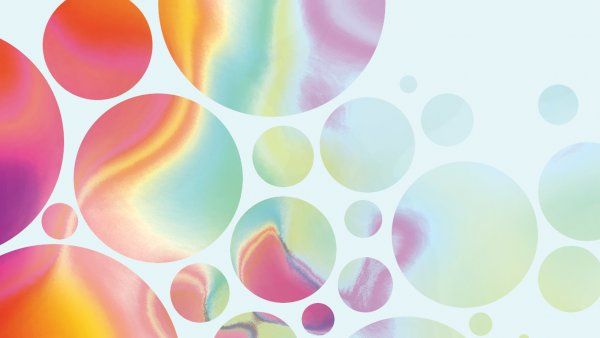
With the global population of seniors projected to reach 1.5 billion by 2050, it will be more important than ever to reduce the burden of age-related disease. In the future, science will allow us to intervene in the aging process to make this a reality, according to geriatrician John Newman.
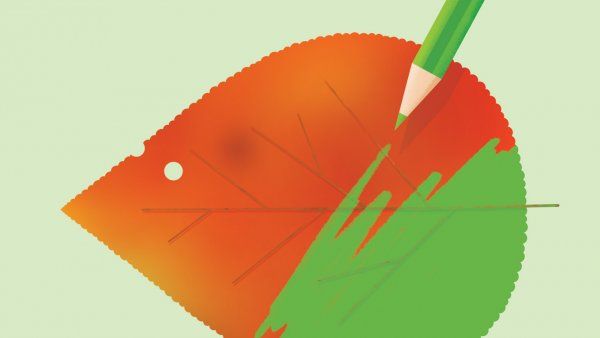
Scientists have documented the influence of information overload on attention, perception, memory, decision-making, and emotional regulation. But the same technologies contributing to the cognition crisis could help solve it, argues neuroscientist Adam Gazzaley.
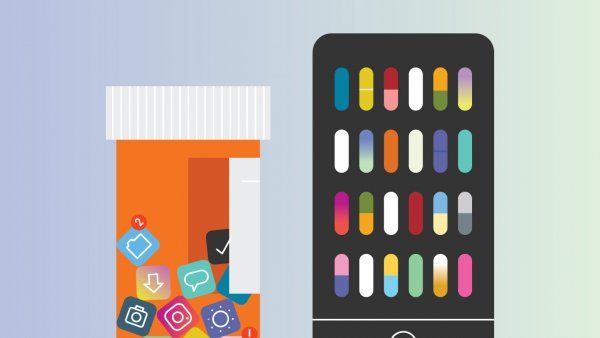
Artificial intelligence manages our phones and homes, helps us navigate, and advises us what to watch, read, listen to, and buy. Soon it will transform our health, says trauma surgeon and data-science expert Rachel Callcut.
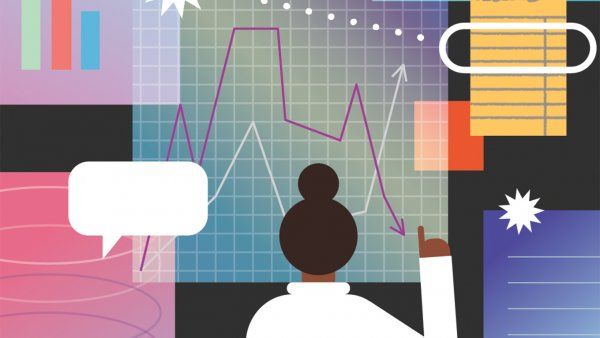
Advances in medicine and public health have dramatically extended the lifespan of hearts, lungs, and other vital organs. But for women, the ovaries remain a stubborn exception. That may soon change, says fertility expert Marcelle Cedars.
